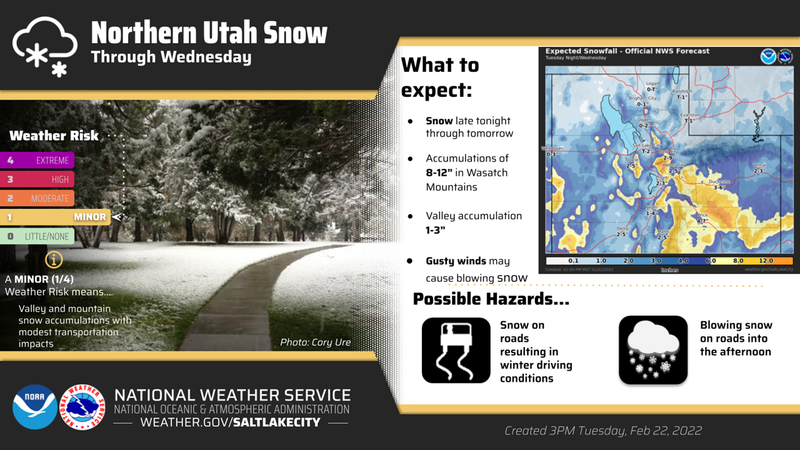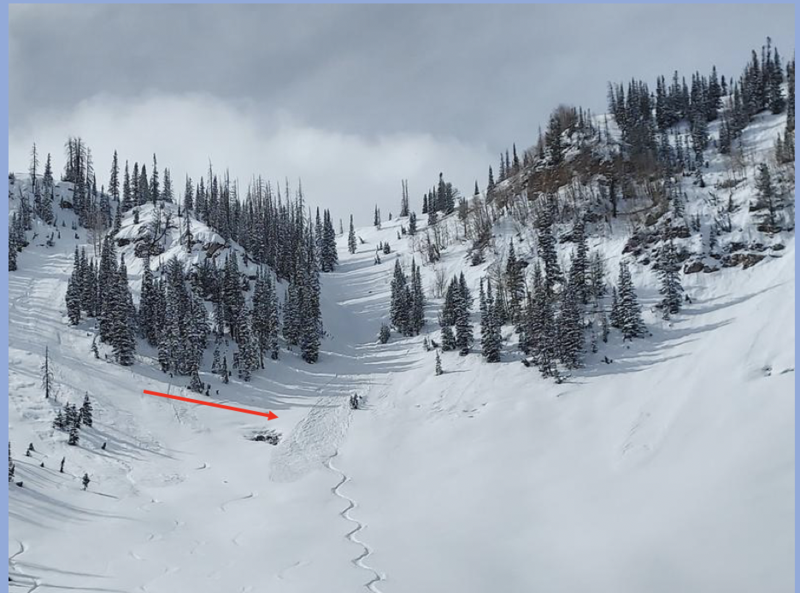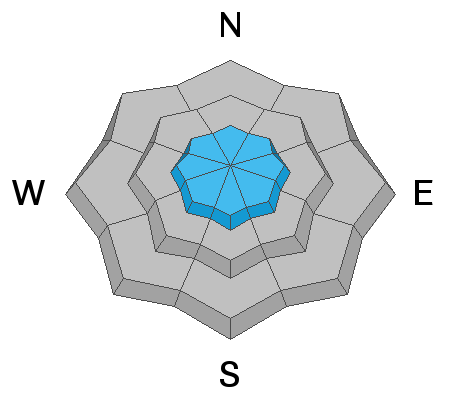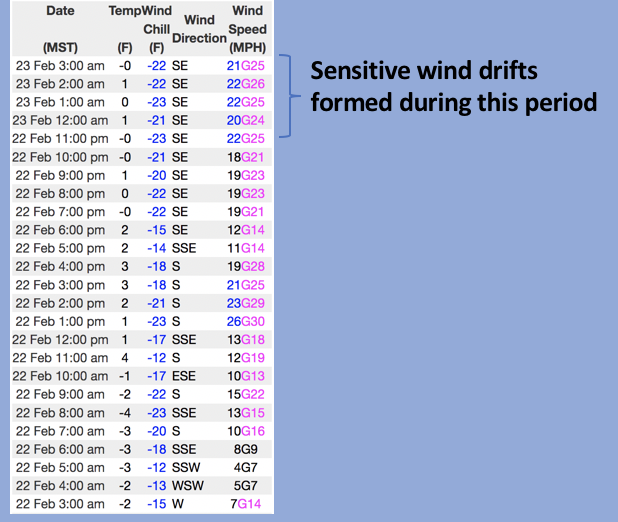NOWCAST-
Light snow began falling late yesterday and continues early this morning as some backdoor moisture from a storm diving into central Utah trickles in from the southeast. This flow benefits the south half of the range where Currant Creek received 3" of low density snow, whilst the North Slope squeezes out just and inch or so. In either case, a layer of thick clouds drape our mountains and temperatures are winter-like, registering near zero degrees. Southeast winds blow in the mid 20's near the high peaks delivering finger-numbing windchill factors to -22 degrees. Riding and turning conditions continue to improve with each little shot of snow.
FORECAST-
Expect mostly cloudy skies with scattered snow showers throughout the day. 2"-4" stacking with slightly more on the southern end of the range up by days end seems like a good bet. It'll be cold with high temperatures barely cracking into the low 20's. East and southeast winds should remain reasonable, blowing in the 20's along the high ridges.
FUTURECAST-
Snow showers and cold temperatures linger into Thursday with high pressure and slowly warming temperatures on tap to round out the work week.
Trip reports and current state of the snowpack observations are found
HERE.
Looking for real-time temps, snow, or wind?
Click HERE and then on the "western Uinta" tab for western Uinta specific, weather station network.
Micheal J was in the lower Weber Canyon drainage yesterday practicing his sluff management skills and says... "In steep north facing terrain the snow is easily sluffing but is manageable by just getting out of the way and letting the snow fly by." Michaels travels, insight, and trip report is found
HERENo other significant avalanche activity to report.












